TL:DR
- The rise of the creator economy has bring forth the constrictions of traditional media giants. This calls for newer solutions that provide equitable opportunities.
- Web 3.0 is best-suited for the creator economy because of its creator-centricity and community-driven growth opportunity.
- IneryDB can help accelerate the growth of creator economy by offering true and complete decentralized DB management.
Did you know that around 50 million people identify as content creators and online community builders? The creator economy consists of content creators of all kinds: influencers, artists, musicians, gamers, practically anyone who is generating content and sharing it with their fans.
But we have also seen how the current internet restricts the maximum potential at which creators can publish and share content as well as how the content is consumed. Traditional social media platforms such as YouTube, Instagram and Twitch that kickstarted the creator revolution are no longer a viable and lucrative option for artists to sustain themselves. It is harder than ever to monetize content and make your unique content known to the world.
Despite this, a Neoreach research report estimated the market size of the creator economy to be around a staggering $104.2 Billion in 2022 and is expected to hit the trillion-dollar mark by next year. Venture capitalists are betting big on the uptick of the creator economy, pouring in about $800 million in industry growth.
A More Equitable Dynamic for the Creator Economy
Web 3.0 is positioned to be the renaissance of the creator economy. While web 2.0 platforms have had their fair share of success in the enabling creators to create content and build online communities, they fall short on allowing creators sustainable means to monetize them.
“If crypto succeeds, it’s not because it empowers better people, it’s because it empowers better institutions.
— Vitalik Buterin | Co-founder, Ethereum
Promising to do away with platform centralization and dominance, web 3.0 is strengthening and powering this trend of creator-first vision where creators are put behind the wheel and given the autonomy to make every vital decision with respect to how their content is dealt with and monetized.
The current status quo is platforms take their stance over creators in the form of a cut in revenue, platform censorship, how the audience perceives it and what type of content is permissible on the platform.
The rise of NFTs has also further strengthened the economy by providing a new ownership structure where creators are handed back the power to own and control their work. Due to their propensity to link virtual assets with real-world experiences, NFTs and social tokens can be leveraged to innovate new models of fan engagement. This realization has prompted social media giants like Instagram, Twitter, YouTube to come up with NFT integrations on their platforms.
Many artists are already realizing its potential. Creative music producer Blau sold 33 NFTs on the anniversary of his album Ultraviolet for over USD 11.7 million, making it one of the largest music NFT deals. The possibilities are truly endless for creators to connect with their audience and investors.
What A Decentralized Database Management Solution Would Bring To The Creator Economy?
Decentralized database management is the backbone of the creator economy revolution through decentralization. It is an alternative to legacy centralized database management where engagement channels between fans and creators are dictated by intermediary platforms.
We feel that by adopting the best from the conventional and decentralized worlds, IneryDB opens the doorways to web3.
— Dr Naveen Singh | Founder, Inery
Below are a few features that decentralized database management offers to the creator economy:
Exclusiveness
In a world where social media platforms are littered with content, it is hard for creators to make their content stand out. A decentralized database management solution gives creators the power to be exclusive and in complete control over who gets access to their content and how they want it to be consumed.
Fans who buy creations from their favorite creators have full transparency into the authenticity and provenance of the purchases they make.
NFTs allow anyone to buy property rights to creations and gives them a unique memorabilia and generates exclusiveness for the fan-investors by giving them access to private groups, social events and even direct contact with the creator.
Ownership
A decentralized DBMS gives the creator complete ownership of their content. The data is stored on a distributed ledger that cannot be altered or tampered with, thereby ensuring that the creator has full control over their content and how it is used.
It also enables the ownership lines between fans & creators to blur into “community ownership”. This is currently being experimented with social tokens and fundraiser NFTs.
Interactivity
Creators can interact with their fans on a one-to-one basis. This allows for a more intimate and personal relationship between the creator and their audience.
NFTs also allow for a new level of interactivity where fans can own a part of the creative process by owning a piece of the work itself.
By owning a piece of the creator’s content fans can earn royalties, get novel benefits and even trade them in the secondary NFT Marketplaces to make profits. Through this, creators are able to offer an immersive interactive experience for their audience.
This also ensures that the true stakeholders of the community are rewarded the best for their support, patience and tenacity.
Resistance To Censorship
As the data is stored on a distributed ledger, it cannot be altered or deleted by any single entity. This allows creators to freely express themselves without the fear of being censored. Additionally, it also gives them the ability to reach a wider audience as there are no platform gatekeepers.
Inery for Creator Deliverance
All in all, peer-to-peer solutions allow creators an avenue to use blockchain-based solutions to mint their content, monetize and build audience around them in a truly decentralized manner.
The above-mentioned points are a testament to how powerful decentralization can be in the creator economy. It enables creators to have more control over their content, interact with their audience on a deeper level and also resistance to censorship.
There is no doubt that the creator economy will continue to grow at an exponential rate and we envision that IneryDB will play a crucial role by being at the forefront and enabling this transition to a new and more involved economy.
Website | Twitter | Telegram | Telegram Ann | LinkedIn | Discord | Reddit | Instagram

Inery•
3 months ago
The Price of Downtime: Why Reliable Data Storage Matters
Downtime costs money, trust, and opportunities. Learn why reliable data storage matters for individuals, businesses, and governments, and how Inery DLT helps prevent failures. ...READ MORE
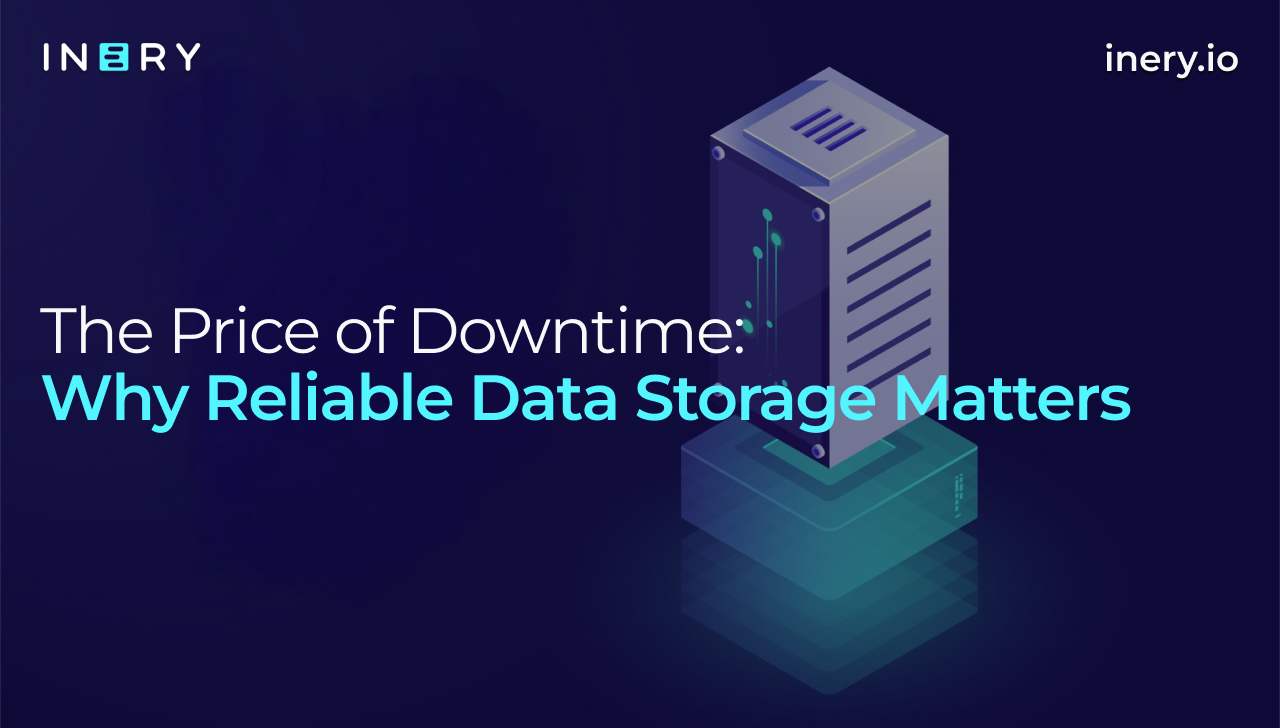
Share

Inery•
2 years ago
The Meaning of True Decentralization
True decentralization is more than just a marketing tagline. Click here to learn what it is—and where it is. ...READ MORE
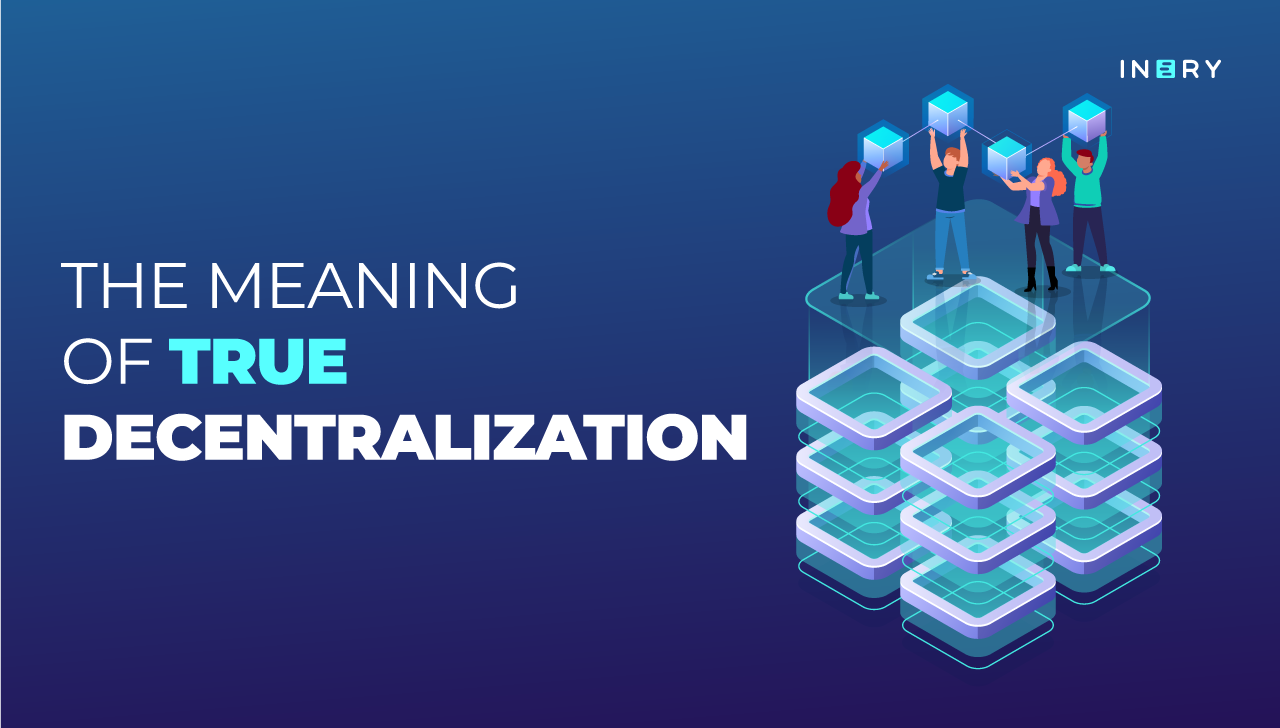
Share

Inery•
2 years ago
Does True Privacy Exist In Web2 And Web3?
Data privacy remains a hot-button issue. Web2 and Web3 offer solutions, but can they ensure true privacy? Read our perspective here. ...READ MORE
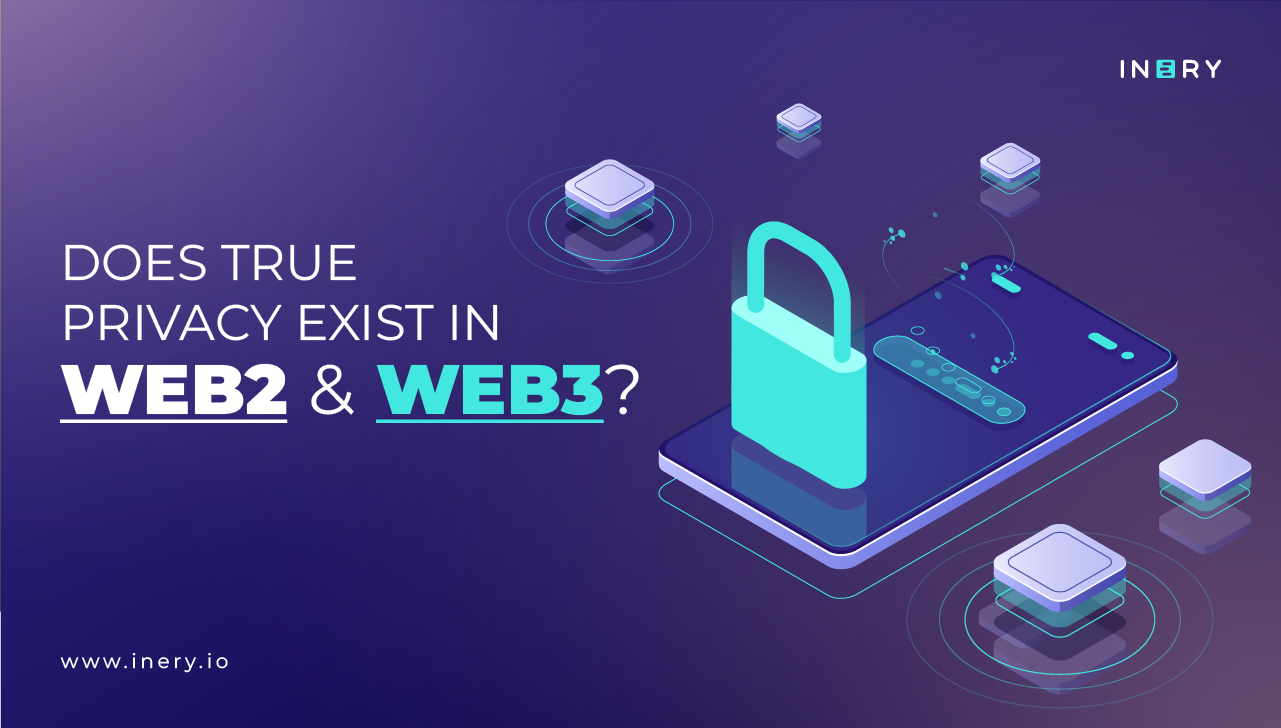
Share

Inery•
2 years ago
The Best Practices for Reducing Data Redundancy
Discover the hidden menace of data redundancy and its impact on efficiency, storage costs, and data integrity in our latest article. ...READ MORE
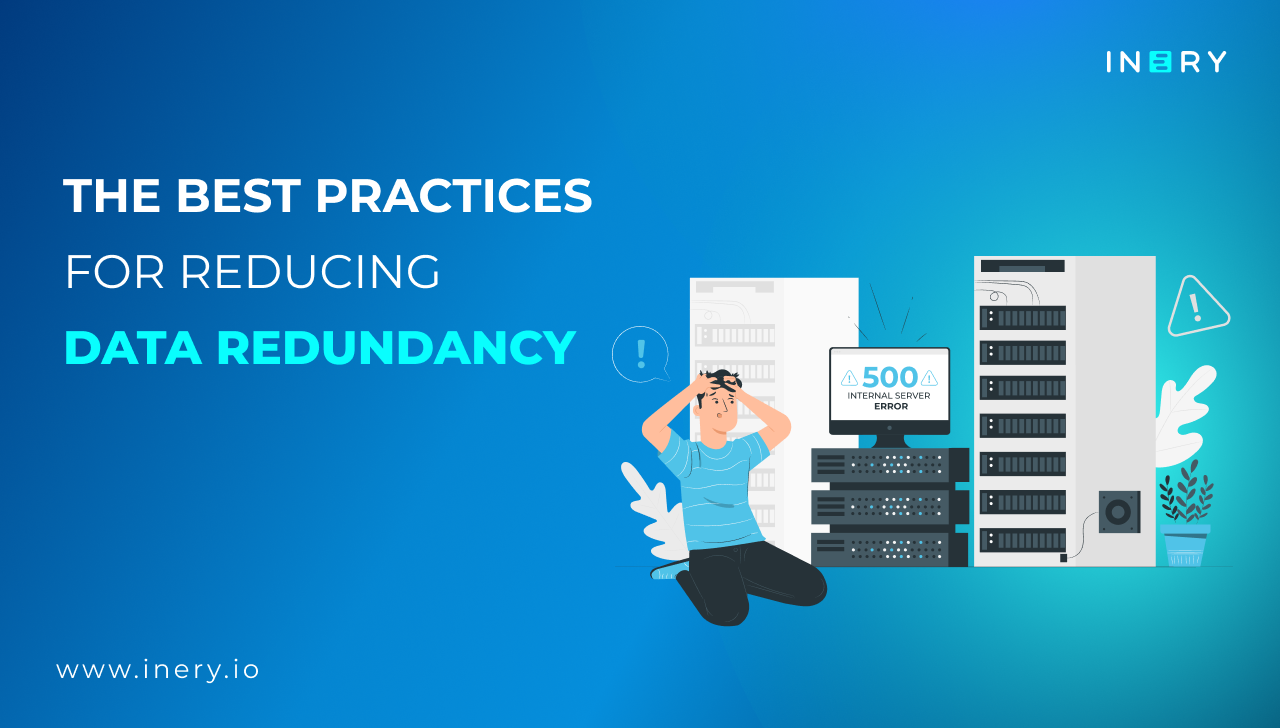
Share
Most popular today

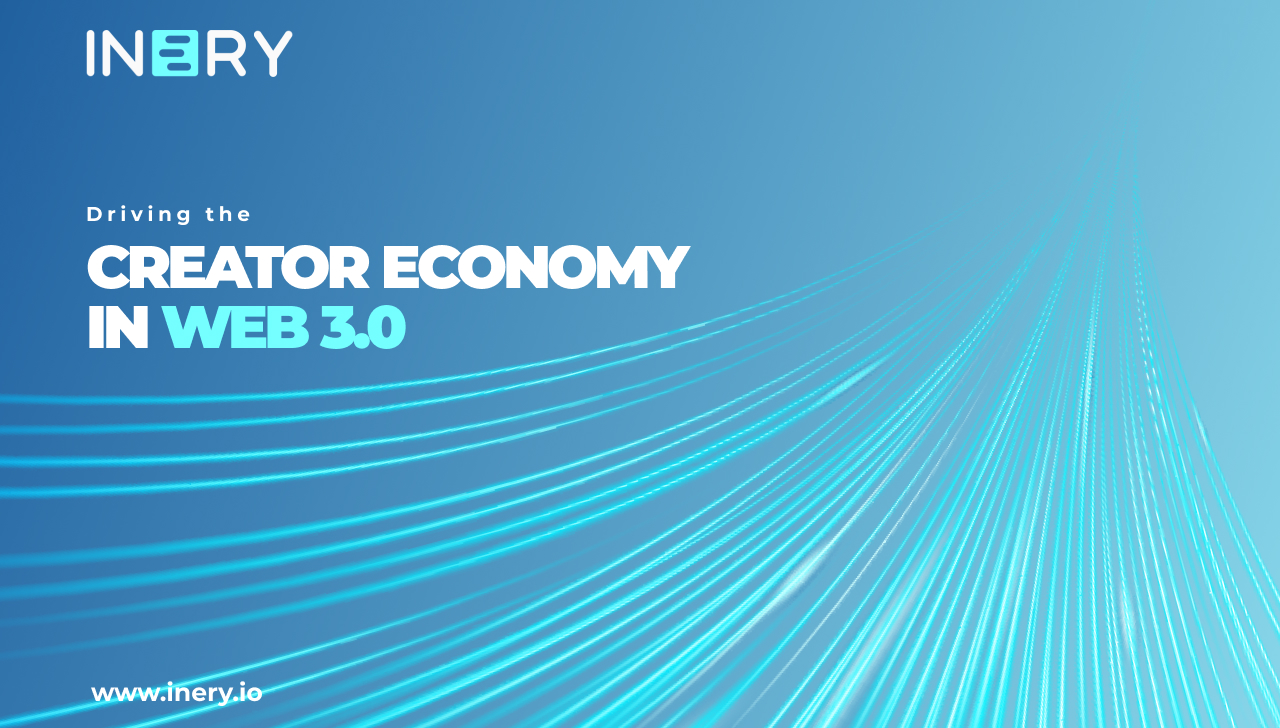
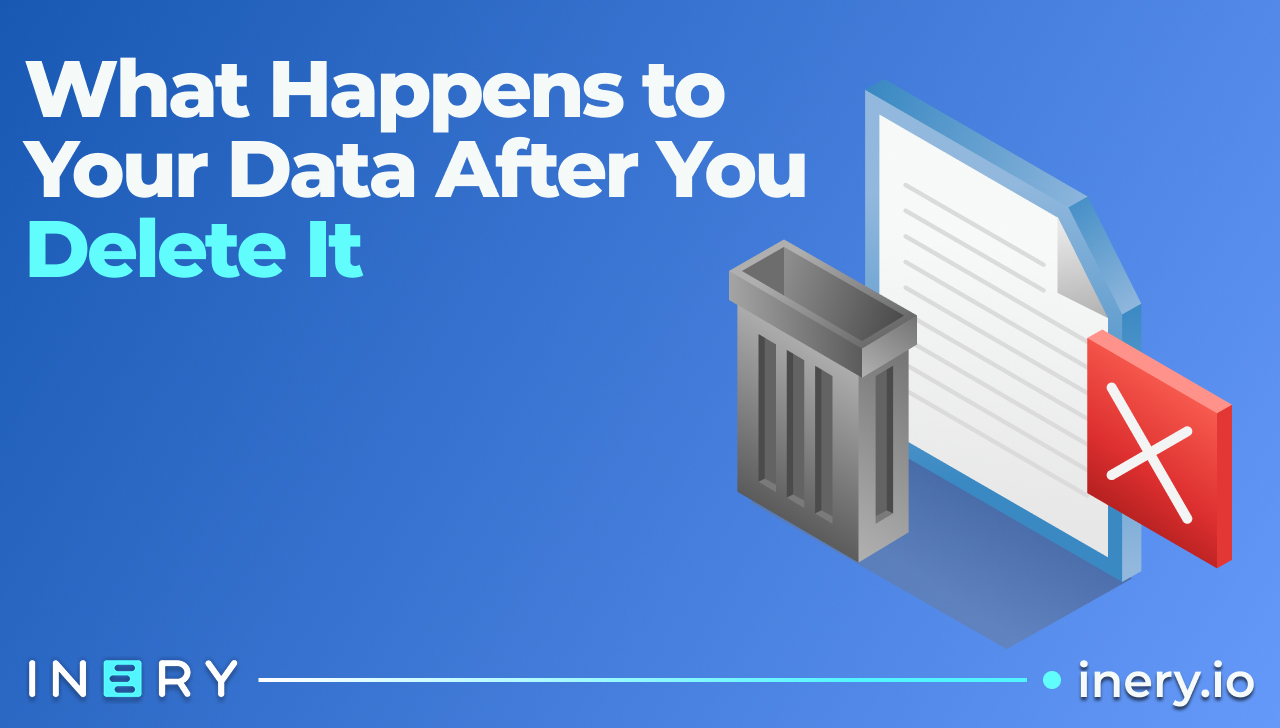
-1721906313.png)